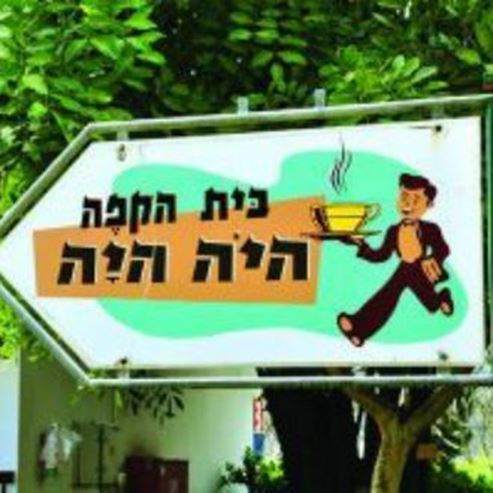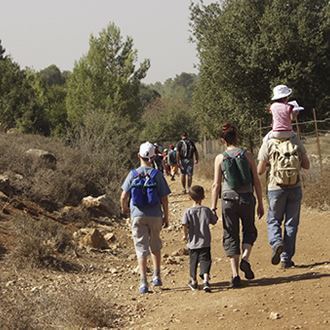Kokhav HaYarden National Park - HaYedid Track
Antiques site
The fortress in the Kochav HaYarden National Park is the most intact of the Crusader fortresses in Israel, and thanks to the sophisticated defence system that was built into it, it was an important fortress. The Israel Nature and Parks Authority has laid out a hiking path next to it, between Bustans and spectacular views, all the way to the memorial to Charles Orde Wingate, known by his nickname ‘HaYedid’.
Main points of interest:
Impressive Crusader fortress, almost entirely intact
Protective garden for rare plants
Sculpture garden displaying the creations of artist Igael Tumarkin
Trail through the landscape
Memorial to Charles Orde Wingate
Viewpoint
A spectacular viewpoint from the fortress overlooking the Jordan Valley, the Gilead and the Golan
Israel Nature and Parks Authority activities to improve visitor services and preserve the site
The Authority has allocated a parking area at the site, built toilets and drinking water taps, set up signposts and laid out a trail overlooking the landscape. The Authority is responsible for the archaeological excavations at the Crusader fortress, has set up a sculpture garden displaying the creations of artist Igael Tumarkin, and has created a protective garden for rare plants.
How to get here:
Around 15 km north of Beit Shean on the Beit Shean-Tiberias road (Route 90), turn west to Route 717 which leads up to the National Park.
Background
The Kochav HaYarden fortress is the most intact and best preserved of all of the Crusader fortresses in Israel. The fortress was built at the top of Ramat Kochav, which rises around 500 m above the Jordan Valley. In 1168 the Knights Hospitaller bought the place, and in view of the breathtaking scenery that it overlooks, they nicknamed the place Belvoir (beautiful view).
The fortress has internal and external fortification systems and is surrounded by a deep moat. It withstood all of the Muslim attacks and Saladin never managed to conquer it. Only in 1189, when the rest of the land fell to him, those protecting it agreed to surrender and left for Tyre. The conquerors demolished the fortress, but parts of it were left on the ground, and thanks to these it was possible to reconstruct it fully.
Trip route
1. Shelter for rare plants
The path begins next to a sign describing the trail, and nearby there are several jujube trees and a carob tree. Two rows of stones signpost the beginning of the path and they continue to define it along its route. Here you will also find an area dedicated as a shelter for rare plants which grow in basalt, including the Alkanna galilaea and the Phlomis pungens.
2. Galilean landscape
Behind the gate where the path goes out into open territory, is a spectacular viewpoint over the Lower Galilean landscape and the Jezreel Valley, from which Mt. Tavor, the hill of Moreh and the mountains of Nazareth rise. Near here the deep channel of Nahal Tavor crosses the basalt heights on its way to the Jordan.
A few minutes walking between the almond and olive trees, remains of the Bustans of the village of Kawkab, brings hikers to a completely different landscape. The northern bend in the path reveals the Kinneret in all its glory, the Jordan Valley, the Gilead and the Golan, all the way to Mount Hermon. The scenery is truly spectacular.
A few more minutes’ walk and the path reaches the foot of the Crusader fortress on its eastern side, which rises right above it. Here and there you can see chiselled stones which have fallen and rolled down the slope. A large family of rock rabbits lives between the rocks.
3. Sculpture garden
South of the fortress is a fascinating sculpture garden, containing around 40 of the creations of well-known sculptor Igael Tumarkin.
4. The HaYedid Trail
At the foot of the south-eastern corner of the fortress, a sign points to the path going down to the memorial to Wingate, around 400 m away. The memorial itself is made of a pillar built out of basalt stones, and stands over the HaYedid spring. The spring, which perpetuates WIngate’s nickname, flows from a crater at the foot of the memorial. The crater begins at the end of a hewn tunnel which is tens of metres long, and ends at a reservoir. The tunnel and the reservoir were built by the knights of the fortress in the Crusader Period. The spring, which was probably far fuller then than it is today, provided a permanent source of water, in addition to the water collection holes which gathered rainwater at the fortress.
To the west of the spring are the remains of an ancient settlement – inhabited from the Early Bronze Age to the Ottoman period. Some people identify these ruins with Ramat, a town mentioned in the Bible, owned by the Tribe of Issachar (Joshua 19.21). It seems that during the Mishnaic period, this was the town of Kochba, and the name of the nearby Arab village, Kawkab al-Hawa, probably came from this.
There is no better place than this to commemorate Charles Orde Wingate, the British Officer, expert in Arab Affairs, who came to the Land of Israel in 1936. Wingate came to the Land of Israel as a supporter of the Arabs, and left on 26th May 1939 an enthusiastic Zionist.
After you have finished visiting the memorial, go back to the path. It continues south and returns to the fortress via the moat at the south-eastern corner.
Charles Orde Wingate
Charles Orde Wingate is known as the Commander of the ‘Night Squads’, whose main purpose was to protect part of the Iraq-Haifa oil pipeline which passed through the Jezreel Valley. He developed a military doctrine based on mobility and night raids, and he was the first to conduct organised training including firing ranges, reading topographical maps, exercising control over a variety of weapons and night-time movement. He was not strict about military discipline and exercises, but was incredibly punctilious on everything to do with operational discipline, and did not hesitate to hit fighters who were negligent. He was only in Israel for around two and a half years, but the mark he left was significant, and more importantly: he taught and trained a generation of fighters. Many of these became senior commanders in the IDF during its first 20 years.
Later on he would tell of how he came to be such an enthusiastic supporter of Zionism: “When I was in school, people looked down on me and made me feel like I was unsuccessful and unwanted in this world. When I got to the Land of Israel, I found an entire nation there who had been treated in the same way for scores of generations, and nevertheless, and the end of the day its children were not defeated; they are a great force in the world and they are rebuilding their country. I felt that I belonged with a people like that.”
The British appreciated Wingate’s professionalism, but did not trust him since they suspected that he would prefer Jewish interests over those of his own country, and he was sent away from Israel. In World War II he developed ‘Night Squads’ in Ethiopia and Burma. In 1944 he was killed in a plane crash in Burma. That was how the life of the British Officer, who was given the nickname ‘HaYedid’ by the Jewish Yishuv, ended.
- Type
- Hiking
- Region
- North
- Near to
- Beit Shean
- Length
- 1.2 Km
- Duration
- 2 Hours
- Recommended season
- Spring, Autumn, Winter
- Starting point
- Kokhav HaYarden car park (map)
- Ending point
- At the starting point (map)
- Special equipment
- Hat, Shoes, Water
- Precautions
- Do not deviate from the marked path
- Parking
- Parking
- Accessibility
- Accessible
- Circular
- Circular
- Drinkable water
- Drinkable water
- Suitable for children
- Suitable for children
- Picnic suitable
- Picnic suitable
- Phone
- +972-4-6581766
- Fax
- +972-4-6191294
- ariav@npa.org.il
Similar trails
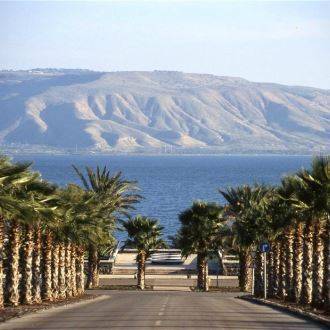
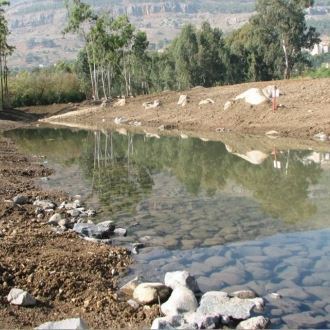
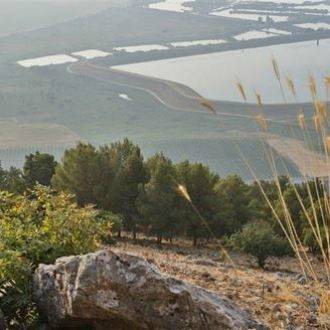
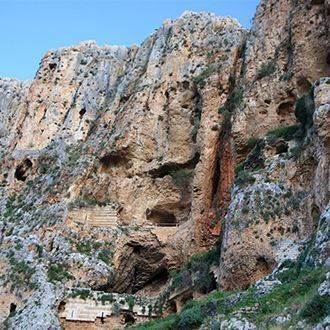
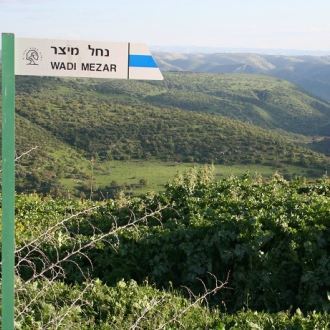
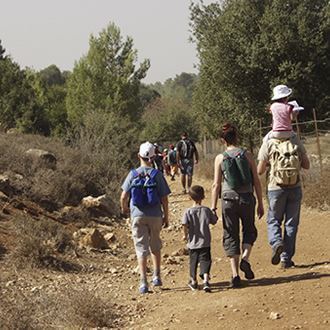
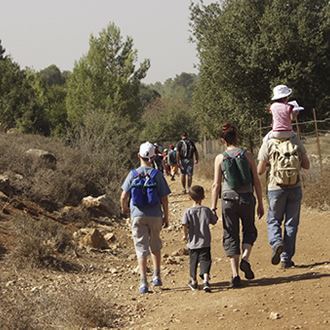
Nearby attractions
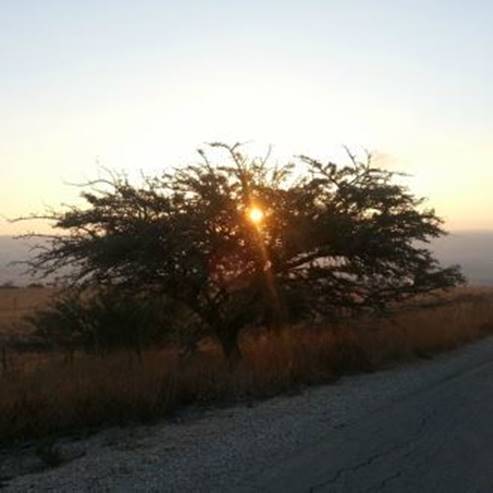
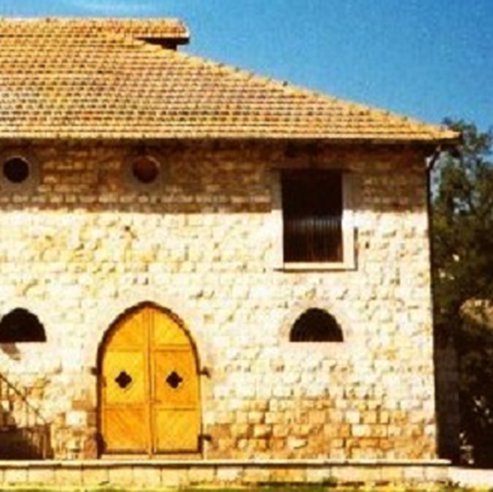
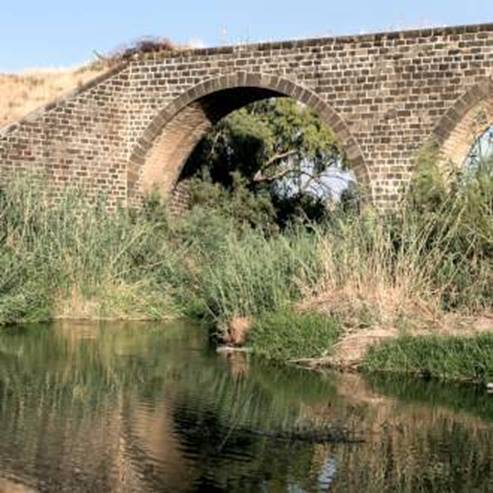
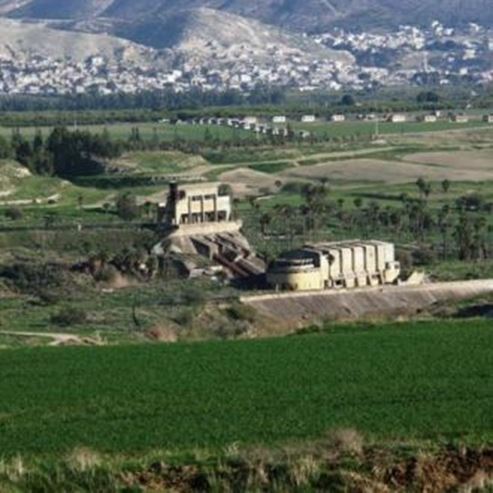
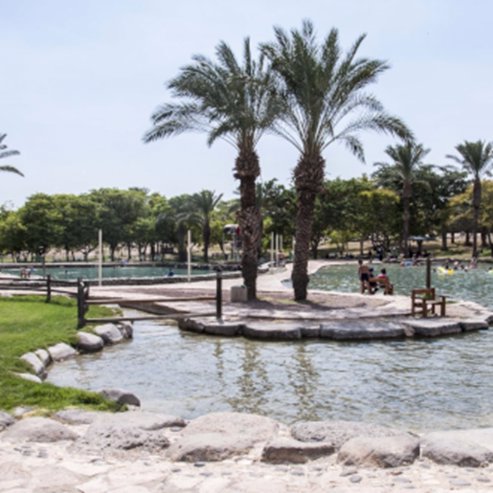
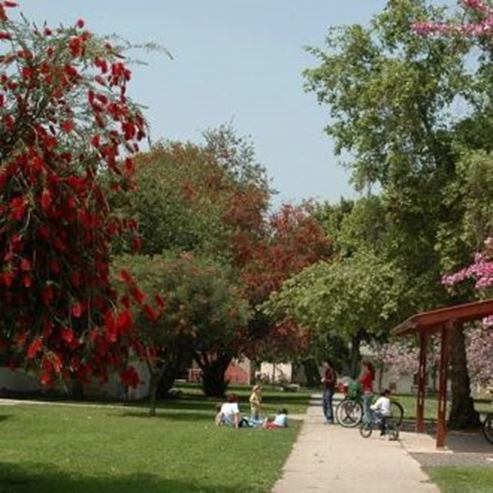
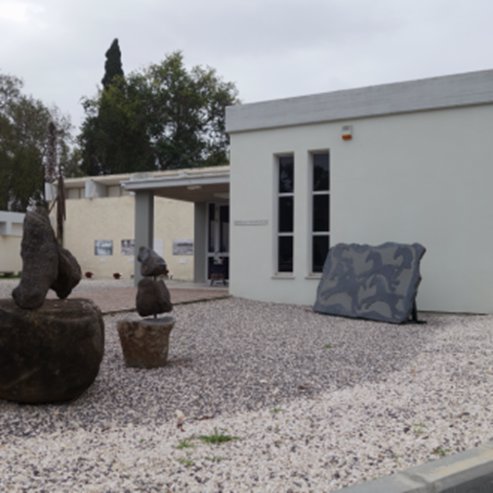
The Uri and Rami Nehoshtan Musum
Nearby restaurants
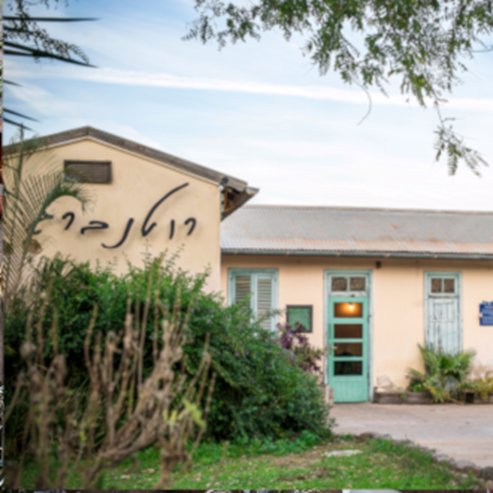
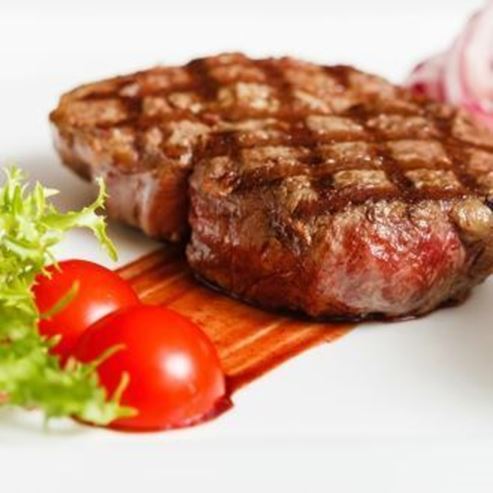
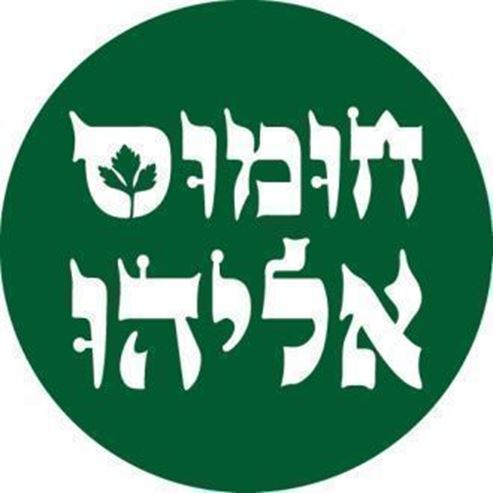
Humus Eliyahu - Jordan Valley
